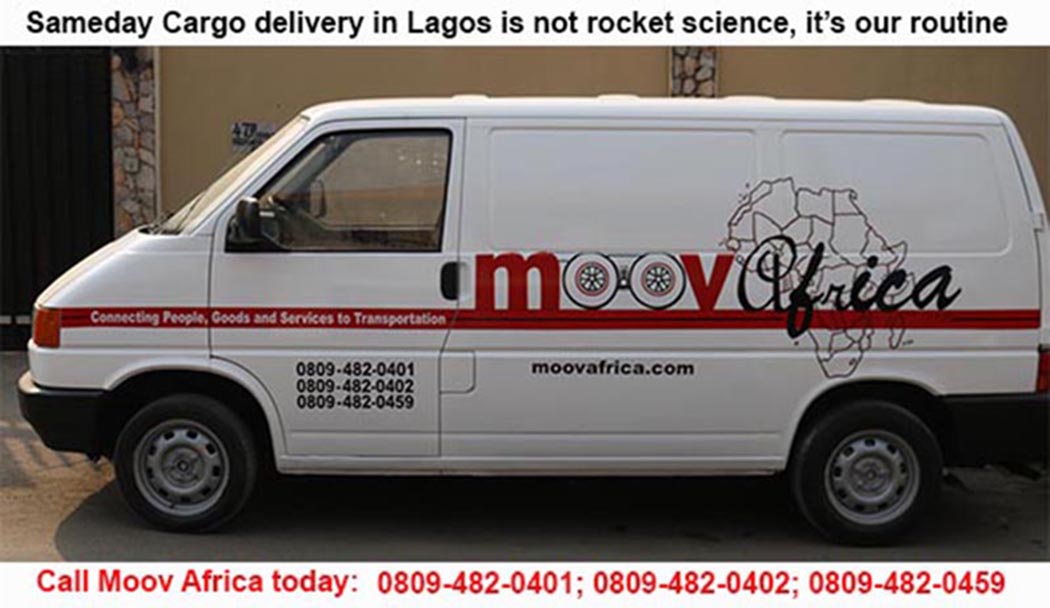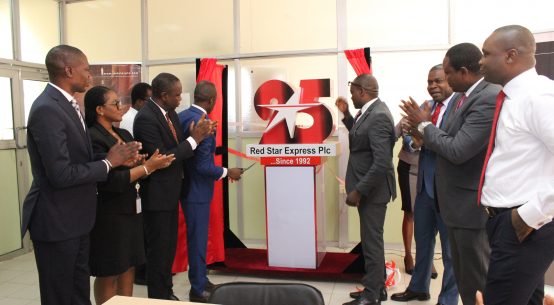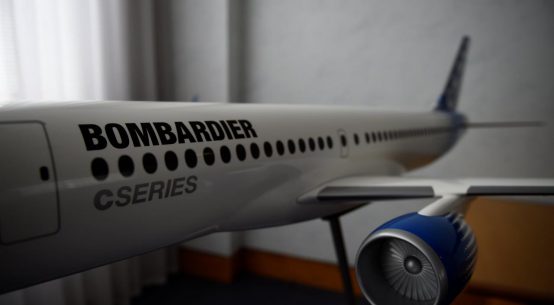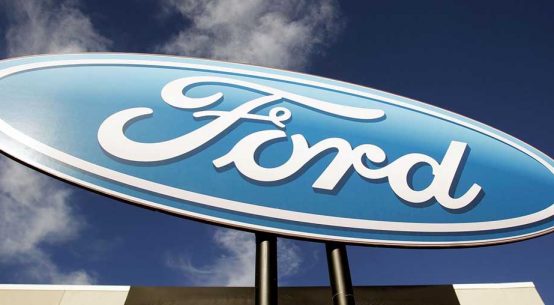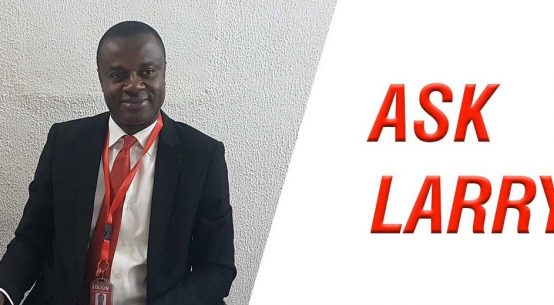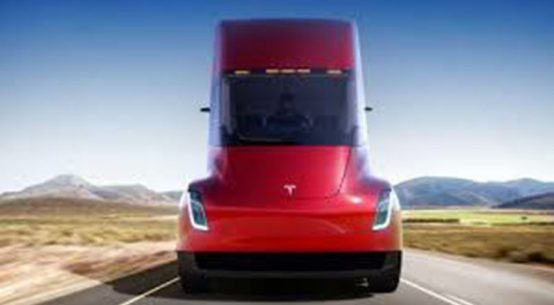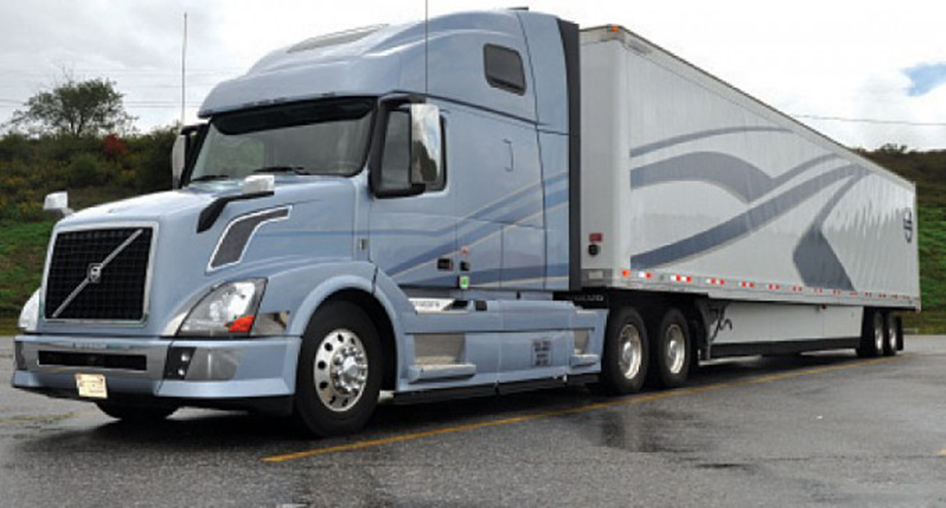
Originally published by Logistics Management
In this white paper, you will learn about six steps that allow shippers and 3PLs to improve transportation operations and increase supply chain value in the most ideal way possible.
Improving Transportation in the Real World
It’s rare that a shipper or third-party logistics (3PL) provider has the luxury to sit back and roll out the perfect transportation operations, systems strategies or improvement programs. Sounds nice, though, doesn’t it? While ideal transportation operations may be difficult to achieve, improving transportation in the real world is possible while adding value to other functional areas in your supply chain.
In this white paper, you will learn about six steps that allow shippers and 3PLs to improve transportation operations and increase supply chain value in the most ideal way possible, including:
- Conducting an audit on your transportation costs
- Assessing where you should be investing your time and money
- Designing solutions based on your assessment’s results
- Conducting an audit on your transportation costs
- Assessing where you should be investing your time and money
- Designing solutions based on your assessment’s results
1. Audit
Data is always an issue. Shippers and 3PLs often struggle to build a single data set of their transportation costs. Implementing a comprehensive audit, across all modes, geographies, currencies and languages, can achieve this data set. Audit is no longer just payables; it is about carrier and regulatory compliance and identifying savings opportunities upstream in the sourcing, planning and execution areas.
2. Assess
With clean, usable data (from audit or otherwise compiled), opportunities can be assessed with the knowledge of where the money really is. The assessment focuses on value created by and for stakeholders, process and integration strengths and weaknesses, as well as relevant application use and where you should be investing time and money on solutions.
3. Design
relevant service providers (carriers and systems), integration requirements and a documented return on investment (ROI) that even a CFO could love. This often involves modeling, a proof of concept or other detail supporting ROI estimation.
4. Source
With a solution designed and determined, it’s time to source it. This often involves a strategic carrier sourcing effort with carriers or 3PLs but could also mean sourcing a transportation management system (TMS) or at least better using an already licensed one. For example, if the solution design determined that better inbound purchase order (PO) management had a higher ROI than re-negotiating outbound truckload pricing, then TMS improvement likely makes sense.
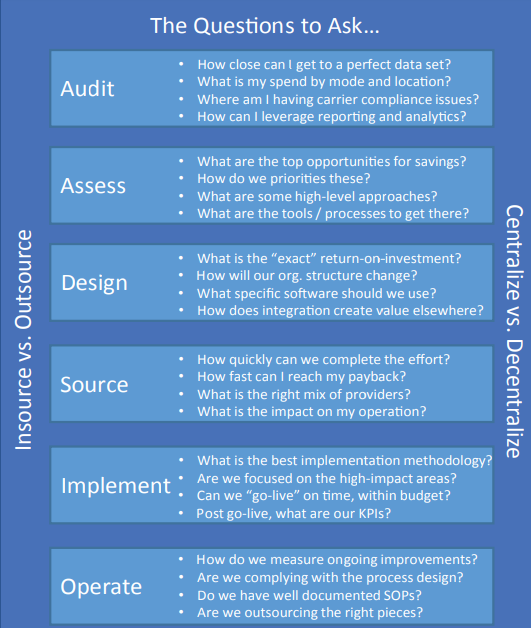
Plummeting software and integration costs, converging business models, e-commerce and speed-to-market all influence the right transportation strategy and operating model differently for each company….so challenge your current state.
5. Implement
Once provider(s) are selected, it is time to implement. Implementation is where the payoff is created in the real world. methodology and project plan, and a problem-solving and stick-to-it attitude. Implementing a new system versus upgrading a current one has very different risk vs. reward equations, depending on the situation. This might sound obvious, but balancing ROI with implementation resistance is critical as people can be very proud of the bad process they created and own.
6.Operate
During implementation, groundwork should have been laid to operate a Lean and successful transportation operation, including working external providers to the extent that there is some process outsourcing, which is increasingly typical. Regardless of what entity operates which process, robust and frequent reporting to measure success is crucial. Ongoing updates to standard operation procedures (SOPs) help keep process owners critiquing what they do while training them on skills to advance within the organization. Keep challenging the organization on
what functions should be housed centrally, in a control tower or center of excellence, versus pushed out to the physical location or closer to the customer. As companies evolve, so do operations. As a result, a nimble operation is a long-lasting one.
These six steps offer a successful path to follow in the real world. While some companies may be able to skip one or two steps because of their strength in that area, the steps work. So, for example, a company with clean transportation spend data from an enterprise resource planning (ERP) system or TMS may be able to skip audit. Or a company that knows its top initiatives from clients and the value of them may be able to jump right into solution design. Other times executives or managers take on a new role where a system or carrier strategy has already been put in place, and they must quickly assess how to move forward given those existing system or carrier strategies.
During each of these steps, the leadership and project teams should be asking, “what can we insource or outsource?” “What can we centralize or decentralize?” Plummeting software and integration costs, converging business models, e-commerce and speed-to-market all influence the right transportation strategy and operating model differently for each company… so challenge your current state! Transportation improvement is achievable in the real world of budgets and cost/service pressures.
.
